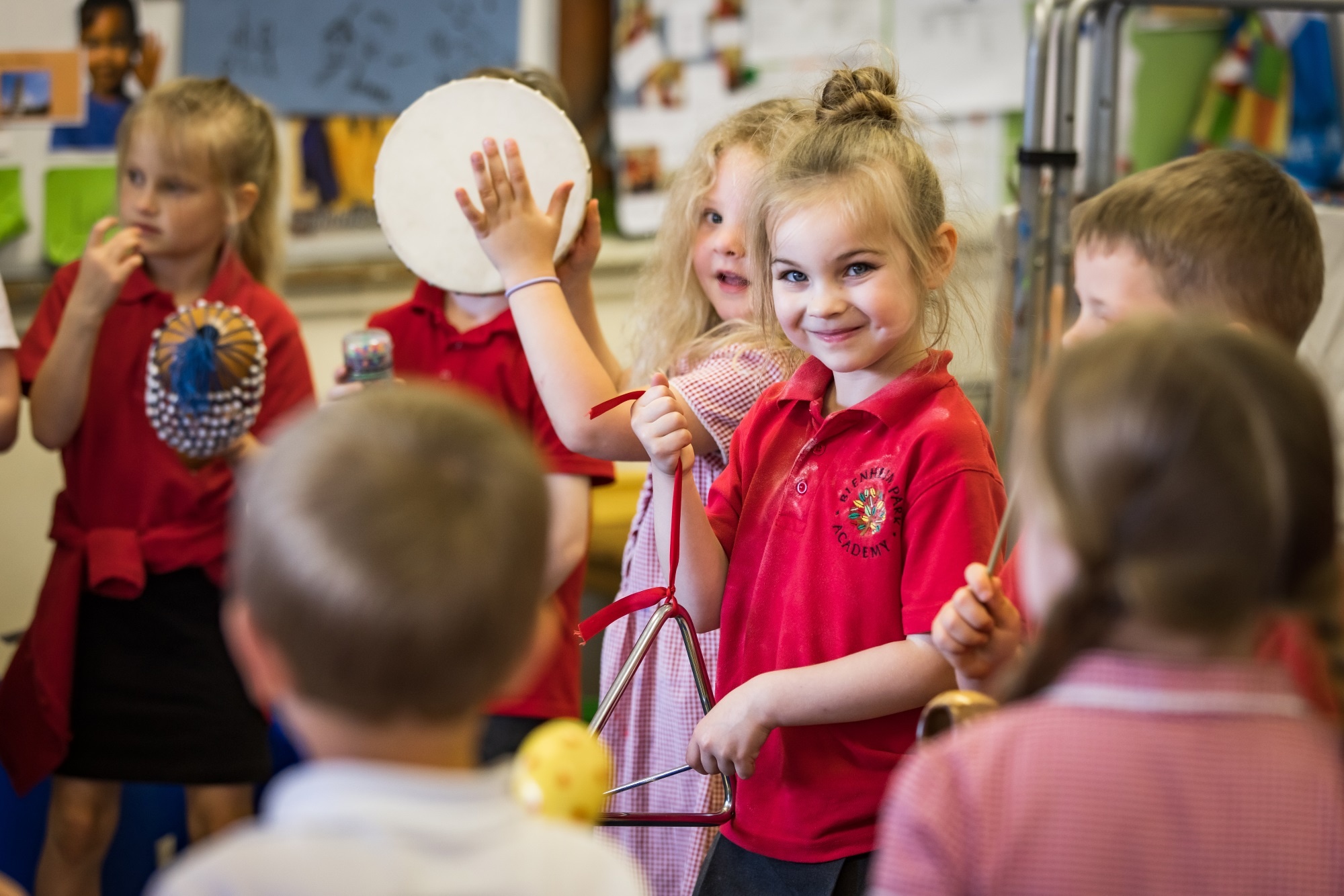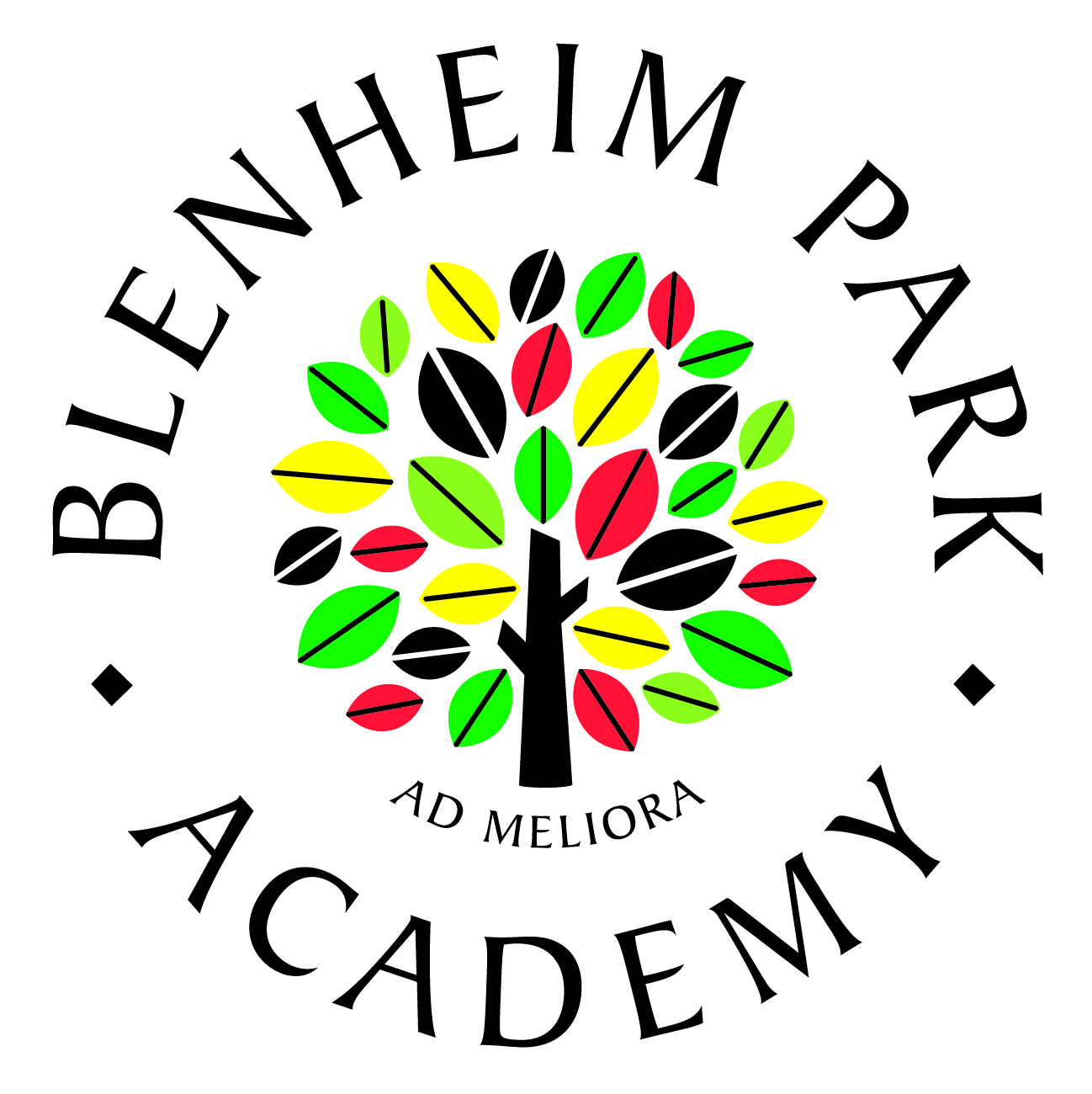Music

For units of work in Cycles A and B, please see the menu to the right.
Intent
What is our pedagogy in music?
Our teaching beliefs for music are to:
- Help children to feel that they are musical and to develop a life-long love of music.
- Develop the skills, knowledge and understanding that they need in order to become confident performers, composers and listeners.
- Introduce children to music from all around the world and across generations, teaching children to respect and appreciate the music of all traditions and communities.
In our curriculum, children will develop the musical skills of singing, playing tuned and untuned instruments, improvising and composing music, and listening and responding to music. They will develop an understanding of the history and cultural context of the music that they listen to and learn how music can be written down. Through music, our curriculum helps children develop transferable skills such as team-working, leadership, creative thinking, problem-solving, decision-making and presentation and performance skills. We believe these skills are vital to children’s develop as learners and have a wider application in their general lives outside and beyond school.
Implementation
How is the music curriculum sequenced?
Our music curriculum is designed using the Kapow Primary Music scheme of work and the units are divided up into a 2-year rolling program. We use the spiral curriculum model where previous skills and knowledge are returned to and built upon. Children make progress in terms of tackling more complex tasks and in doing simpler tasks better.
Our scheme takes a holistic approach to music, in which the individual strands below are woven together to create engaging and enriching learning experiences.
- Performing
- Listening
- Composing
- The history of music
- The inter-related dimensions of music
Each five-lesson unit combines these strands within a cross-curricular topic designed to capture pupils’ imagination and encourage them to explore music enthusiastically. Over the course of our curriculum, children will be taught how to sing fluently and expressively, and play tuned and untuned instruments accurately and with control. They will learn to recognise and name the interrelated dimensions of music – pitch, duration, tempo, timbre, structure, texture and dynamics – and use these expressively in their own improvisions and compositions.
For each year group, the learning is based on the objectives as set out in the National Curriculum and our scheme enable pupils to meet the end of key stage attainment targets.
What does the teaching of music look like at Blenheim?
- Music is taught in a once weekly lesson in combined year groups, Reception, Year 1 and 2, 3 and 4 and 5 and 6.
- Six units are taught per year, one a half term.
- Within each unit of work, the pupils are introduced to new skills and knowledge.
- In each lesson, pupils will actively participate in musical activities drawn from a range of styles and traditions, developing their musical skills and their understanding of how music works.
- Lessons are ‘hands-on’ and incorporate movement and dance elements, as well as making cross curricular links with other areas of learning. Lessons incorporate a range of teaching strategies from independent tasks, paired and group work as well as improvision and teacher-led performances.
- Knowledge organisers support each unit and build a foundation of factual knowledge by encouraging recall of facts and key information.
How is work recorded?
All pupils from R-Y6 have a music folder where they record written and pictorial work in age-appropriate ways. As much of the work is of a practical nature, this is recorded on the class ipads using video and photos. From Y1-4, whole class books are used to record whole class activities and discussions.
Some pupils are working at a level that is below their age related expectation. Typically, these pupils have an EHCP or are on a SEN pathway. For these pupils, the lesson is adapted, and support given to enable pupils to achieve the learning objective. Differentiated guidance is given within each lesson plan and teachers can use this to ensure that lessons can be accessed by all pupils.
How do we support vulnerable groups?
Teachers know which pupils within each year group are eligible for Pupil Premium and those who have SEN. A variety of strategies are used to support these pupils: -
- Adults are conscious of where the pupils are within the group and ensure they have regular check ins.
- Pupils are sat where the adult can support quickly.
- Questions are scaffolded and frequent
- Where there is medical need that interrupts the lesson for an individual, additional adult support is provided within the year group so lesson content can be delivered when the medical need has been addressed.
Training and support
When considering our music curriculum, we did so with the understanding that many teachers do not feel as confidant delivering music lessons as they do with other subjects. Our scheme contains multiple teacher videos to develop subject knowledge and support ongoing CPD. Further CPD opportunities can also be found via webinars with music subject specialists from the Kapow team.
Impact
How do we assess?
We monitor the impact of our music curriculum through both formative and summative assessment opportunities and these take place in a number of ways: -
- During each lesson teachers can assess through questioning, live assessment, circulating and live intervention.
- Each lesson plan contains guidance to support teachers in assessing pupils against the learning objective.
- At the end of each unit there is often a performance element where teachers can make a summative assessment of pupils learning.
- Teachers also assess pupils against the skills/ knowledge as set out in the progression documents at the end of each unit. This assessment is recorded as a RAG rating within the assessment folder.
How do we make learning memorable?
To make learning stick, we use the following strategies:
- A ‘hands-on’ approach to as many areas of learning as possible, children have access to a large range of tuned and untuned percussion instruments.
- New skills taught via practical activities such as songs, dance and games.
- Knowledge organisers support each unit and build a foundation of factual knowledge by encouraging recall of facts and key information.
- Where appropriate, we make the most of visits and visitors as a stimuli.
- Assemblies and displays are used to show case and celebrate the work that has been done.
